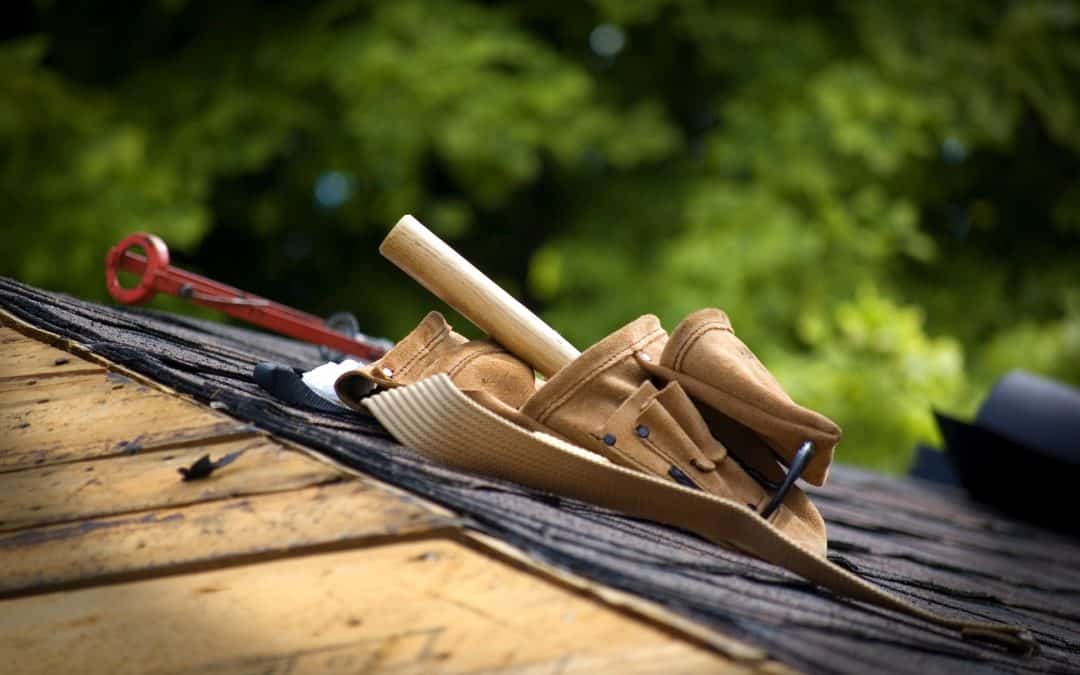Every day of the year, your home’s roof is exposed to the elements: wind, sun, rain, sleet, hail, snow, and ice. It’s no wonder, then, that every roof eventually encounters issues, from torn-off shingles to leaks and loose flashing. When that happens, how do you know if a roofing issue is just a one-off problem or a sign of a larger, looming issue?
Your first step should be to contact a professional roofing contractor in your area and have them out to inspect the roof. A good contractor will talk to you, examine the roof, and take all of the following into consideration before providing you with a recommendation:
- Age: Nothing lasts forever. If your home’s roof is approaching the end of its projected life (most shingle roofs last between 15-30 years) and needs major work, replacement may make more sense than investing more money into it.
- Scope: A single leak is one thing. Multiple leaks are a whole other ballgame. If the repair is extensive, you should consider starting fresh with a new roof.
- Your Plans: As you might expect, a roof replacement is a major investment. If you’re thinking about listing your home in the near future, you may not recoup all the money you put into the project. It might be best to move forward with making necessary repairs instead.
Repairing your roof
Here are just some of the reasons why repairing your roof might be a better option than replacing it altogether:
- Small Fixes: Not every leak, missing shingle, or other issue warrants a full roof replacement. If the scope of the problem is limited and the roofer sees no other issues, you might be okay with just making the fix and then moving on.
- Cost: Repairing a roof is almost always less expensive than replacing it. If you need to limit your upfront investment into your home, this might be the way to go. Just keep in mind that repairing the roof doesn’t turn back the clock: you will eventually need to replace the roof and you’re likely to keep running into problems in the years to come.
- Time: In most cases, a professional roofer can quickly address roofing repairs, limiting the time spent by the roofer at your property and on your roof.
Replacing your roof
So, what are the signs you should replace your roof? Here are just a few things to consider:
- Big Issues: As mentioned earlier, there’s a point every roof reaches where it just needs to be replaced. After a certain point, repairs become a bandage solution, and their frequency will just keep increasing. If your roof has fundamental issues with the shingle layer, the underlayment, or the roofing structure itself, it’s time to replace the roof.
- Upgrades: Replacing a shingle roof is something most homeowners have to do every 15-30 years. If you elect to replace your roof, this is your opportunity to make meaningful energy-efficiency upgrades to your roofing structure. In addition, talk to your roofer about local, state, and federal tax credits available for the use of environmentally friendly materials. This can defray the overall cost of installing the new roof.
- Options: Homeowners facing the prospect of replacing a shingle roof have options. One potential route to discuss with your roofer is adding a new layer of shingles over the old ones, which can cut down on costs by eliminating the shingle tear-off process. However, this certainly isn’t for every roof: you need to have asphalt shingles, the roof underlayment and structure needs to be in good condition, and your local codes need to allow for this.
When in doubt, talk to an expert
We can’t stress this enough: every roof and situation is different. The best and the only way to get an individualized assessment of your roof’s overall state is by calling a roofing contractor in your area for an inspection. Once their review is complete, they’ll be able to give you a more-informed recommendation about how you should move forward.

Recent Comments